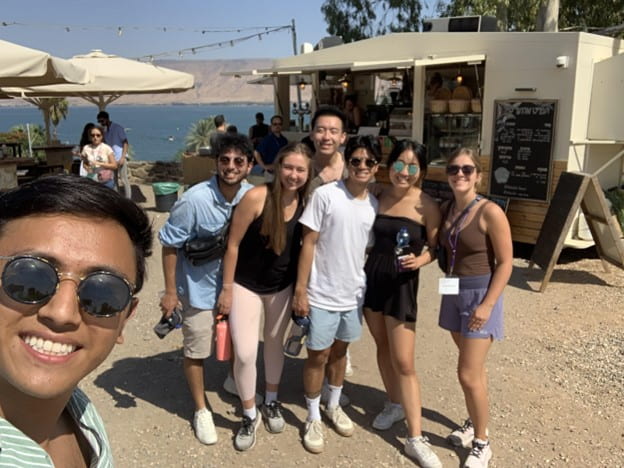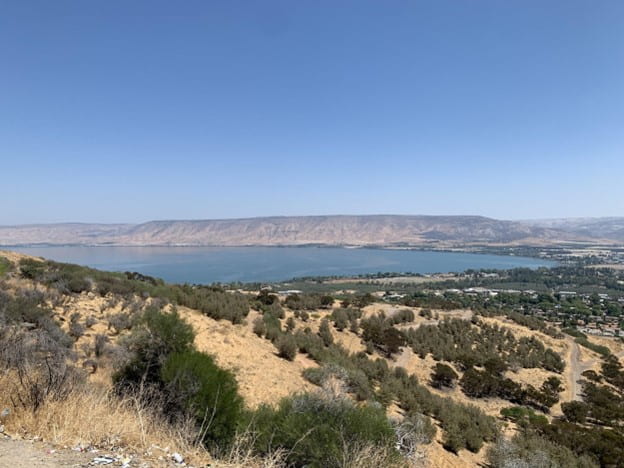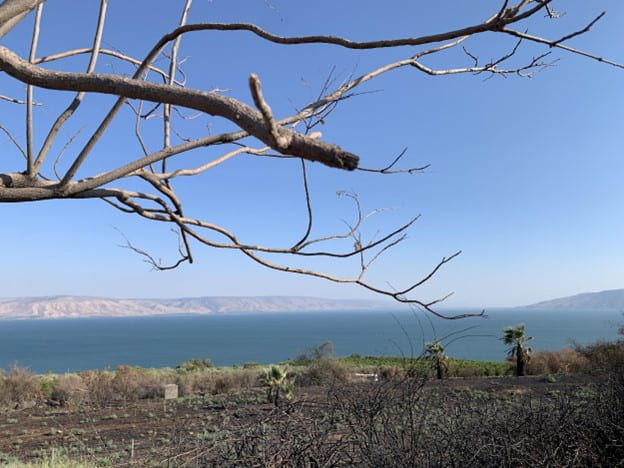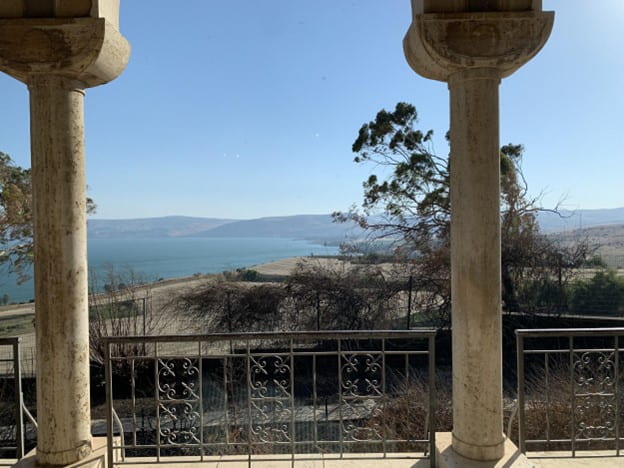Israel’s Sweet Water Resource, On the Verge of a Drought
By Kayd Bhagat, Emilia McDougal, and Vianey Guadian
The Sea of Galilee, also known as Lake Kinneret, is one of Israel’s most abundant sources of freshwater. At approximately 53 km (33 mi) in circumference, it is the largest freshwater lake in the country. It is also the second lowest lake in the world at 212 meters below sea level, second to none other than the Dead Sea. This, however, does make it the lowest freshwater lake in the world. The lake’s name has changed throughout history, the first being the Sea of Galilee as found in the New Testament. It was then named Lake Tiberias, after being conquered by the Roman empire. Its’ most modern name, Lake Kinneret comes from the Hebrew word kinnor (“karp”), corresponding with the shape of the lake.
In the past, the Sea of Galilee provided a third of Israel’s drinking water, but constant consumption of the lake water led to dramatic decreases in the water level. Over the years the Sea of Galilee has been pumped less and less to avoid exhausting its volume. Today, the Sea of Galilee has its highest water level ever recorded and has pumping restrictions in place. Pumping is stopped once a year for cleaning, on Passover, and when the country experiences low annual rain levels. The installation of desalination plants around Israel has also helped maintain its water level by supplementing the country’s drinking water. When the sea is pumped, the water is sent to the Eshkol site for treatment, and then dispersed to the rest of the country via the Jordan River.
While the Sea of Galilee plays an integral role in providing fresh drinking water to Israel and its neighbors, it is more famously known for its ties to the Christian religion. It is this body of water where Jesus was said to walk on water and calm a storm. Many other miracles were performed in areas surrounding the sea, like Jesus feeding 5000 from just a few fish and loaves of bread. Our group also had the chance to visit the Mount of Beatitudes where Jesus gave the famous sermon on the mount. The church of the Beatitudes is thought to be located on the spot where Jesus gave his sermon and has eight sides to represent the eight different Beatitudes. Water from the Sea of Galilee flows south to Yardenit, a section of the Jordan River where Christians believe Jesus was baptized by John the Baptist. Each year, tens of thousands of people come to this holy site to participate in the sacrament and fortify their faith by entering the water. At both Yardenit and the Mount of Beatitudes, scripture from the bible was displayed in dozens of different languages, showing the far-reaching significance of these Christian sites.
Our visit to the Sea of Galilee reflected the grandeur of its historical, religious, and municipal significance in Israeli society and the rest of the globe.

A few of the students at a sandwich shop near the Sea of Galilee. Pictured left to right: Kayd Bhagat, Shyam Chandra, Molly Whalen, Damien Koh, Aidan Ocampo, Charis Lee, and Emilia McDougal.
The Global Engineering Trek (GET) to Israel is jointly organized by the Northwestern Center for Water Research (NCWR) and the Israel Innovation Project (IIP). This program is focused on the topic of water (GET Water-Israel) and is offered to all first- and second-year Northwestern undergraduate students. GET Water-Israel is co-sponsored by McCormick Global Initiatives, the Institute for Sustainability and Energy at Northwestern (ISEN), the Crown Family Center for Jewish and Israel Studies, NCWR, and IIP.





